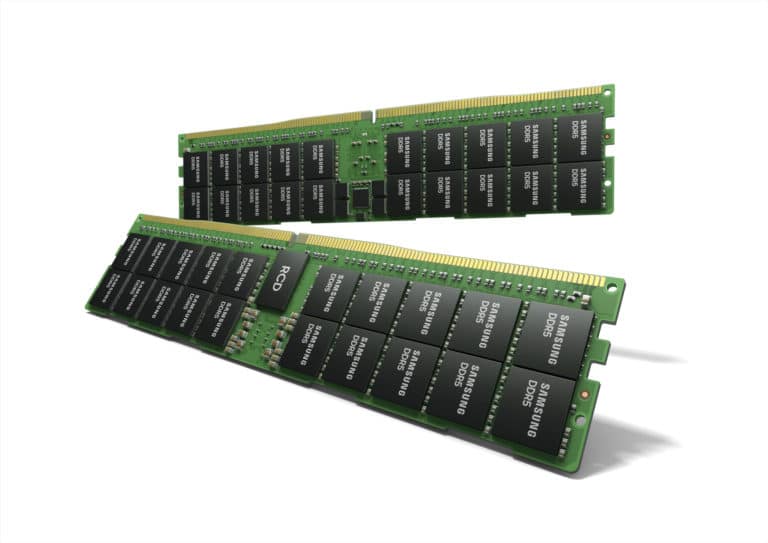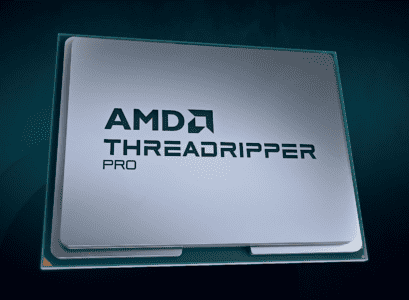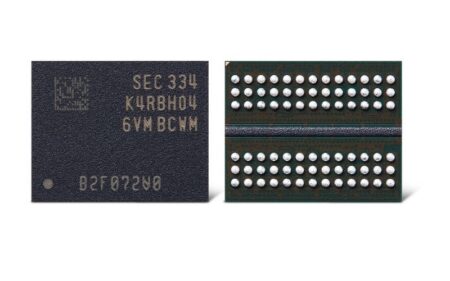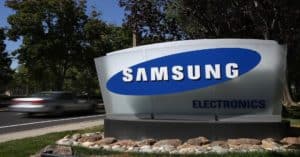Samsung Electronics has announced that it has made a 512GB memory bank. It is the first memory bank the company has made based on the upcoming DDR5 standard.
To build the RAM stick, Samsung stacked eight layers of 16Gbit-DRAM on top of each other, the company says in a press release. In total, the component can achieve a throughput of up to 7200Mbit/s, more than twice as much as conventional DDR4 memory, according to Samsung.
The memory must be used for workloads that require high bandwidth. Samsung mentions examples such as supercomputing, artificial intelligence, machine learning and data analysis.
High-k metal gate
For the memory bank, Samsung used high-k metal gate (HKMG) technology. Compared to the silicon oxynitride normally used as an insulating layer, this should ensure less current leakage and reduce power consumption by 13 percent compared to its predecessors.
“Samsung is the only semiconductor company with logic and memory capabilities and the expertise to incorporate HKMG cutting-edge logic technology into memory product development,” Sohn Young-soo, vice president of DRAM memory planning at Samsung, said in a statement.
The company is also working on other variants of its new DDR5 products. Presumably, these will be smaller sized sticks. These products are still in an early state of development for use by a select group of customers for verification and certification.
Intel is pleased
Carolyn Duran, vice president of memory and IO at Intel, considers it an important development. “As the amount of data to be moved, stored and processed increases exponentially, the transition to DDR5 comes at a critical inflection point for cloud data centres, networks and edge deployments. Intel’s engineering teams closely partner with memory leaders like Samsung to deliver fast, power-efficient DDR5 memory that is performance-optimised and compatible with our upcoming Intel Xeon Scalable processors, code named Sapphire Rapids.”
Tip: ’12th-gen Intel processors will support PCIe 5.0 and DDR5′



















